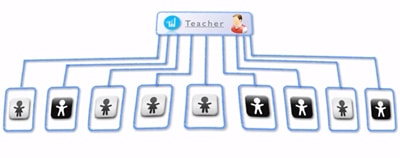 You get your cup of coffee and log in to your computer. “Hmmm… not a lot of practicing from these students this week. Looks like Rachel is having problems with that new scale. Braden is having trouble with timing.” This is the new look of piano teaching in the 21st century.You get off work late and think to yourself, “All I want to do is relax on the couch and watch a movie like The Legend of 1900 or hear Billy Joel on the big screen and listen to it through my piano”. This too is the new look of piano concerts in the 21st century.
You get your cup of coffee and log in to your computer. “Hmmm… not a lot of practicing from these students this week. Looks like Rachel is having problems with that new scale. Braden is having trouble with timing.” This is the new look of piano teaching in the 21st century.You get off work late and think to yourself, “All I want to do is relax on the couch and watch a movie like The Legend of 1900 or hear Billy Joel on the big screen and listen to it through my piano”. This too is the new look of piano concerts in the 21st century.
You’re having a dinner party and say to your guests “I thought it would be nice to have a little jazz piano playing in the background”. You pick up your phone, press start and instantly your piano starts playing. This is the new look for piano performance in the 21st century.
You have 3 children in piano lessons and you would like to do a recording and share with it their grandparents. This is the new look for piano connectivity in the 21st century.
How much does your piano get played? Be honest. If you’re a teacher or student, the time on the keys might be substantial. But how about when you’re listening to a performance? How often do you or someone else perform on your piano? It’s a bit of a dream of mine to be able to cook dinner in the kitchen and have someone play the piano for me. Despite having taught for 30 years and have a piano performance degree and diploma behind me, I still tire of listening to my own playing. I guess it’s a little like listening to yourself talk. I was thinking that if I could hire a professional jazz pianist to show up every day that would be delightful. Or possibly I could have my favourite concert artist perform some brilliant concerto. It’s somehow really different to hear real piano being played than just listening to a CD. With real strings and soundboard, the tone emanates from everywhere. It’s multi-dimensional. The frequencies and overtones – it’s something like a camera – you simply can’t capture with a lens what you can see with the naked eye. So too, live piano embodies the full range of colour, timbre, of tone and articulation.
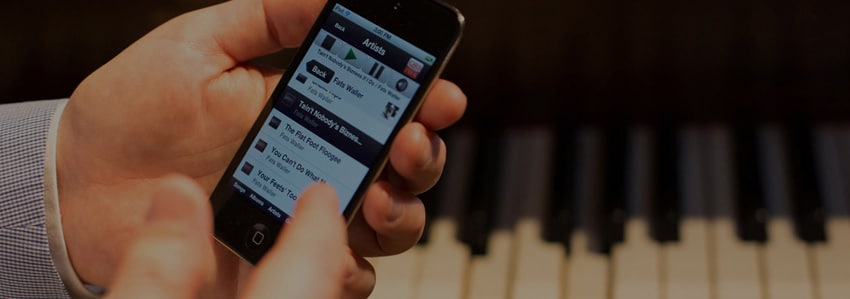
These dreams are now a reality with modern technology. You can listen to jazz piano or a concert in your living room (and you don’t even have to feed them dinner!) But there are more possibilities than simply playing back songs. Although we did an article back in February of an overview of player piano systems, this month I had the wonderful opportunity of flying to Pennsylvania to shadow Mark Baughmann from QRS who teaches the class on PNOmation installation. PNOmation in a nutshell allows you to have a piano that plays by itself and is controlled wirelessly from any smart device (iPad, tablet, android, iPhone, computer, etc). You can literally push a play button on your phone from your kitchen and your piano will start playing.
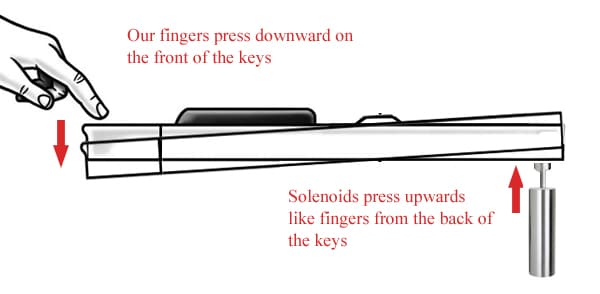 How does it all work? When you play any piano, like a see-saw, when you push the keys down, the other end of the key stick goes up and engages the piano action, pushing the piano hammers towards the strings. Now what would happen if, instead of pushing down the keys, they were lifted underneath from the back? The exact same motion of the piano key stroke would happen. Metal “pistons” called solenoids (See how solenoids work) magnetically push each of the keys with incredible accuracy. Take a look at the diagram below. If you have a song file, it can then be accessed by a smart device. The smart device software communicates with the computer “brains” of the player system. This translates signals to driver boards which in turn activates the appropriate solenoids to play the piano keys. The concept is actually quite simple, the execution is extensive.
How does it all work? When you play any piano, like a see-saw, when you push the keys down, the other end of the key stick goes up and engages the piano action, pushing the piano hammers towards the strings. Now what would happen if, instead of pushing down the keys, they were lifted underneath from the back? The exact same motion of the piano key stroke would happen. Metal “pistons” called solenoids (See how solenoids work) magnetically push each of the keys with incredible accuracy. Take a look at the diagram below. If you have a song file, it can then be accessed by a smart device. The smart device software communicates with the computer “brains” of the player system. This translates signals to driver boards which in turn activates the appropriate solenoids to play the piano keys. The concept is actually quite simple, the execution is extensive.

But take this a step further. CEO of QRS Music, Thomas Dolan challenged me to think bigger. In his words, “if your player piano is not cloud connected going forward, you won’t have the potential of a complete acoustic player experience”. What he means is that there are bigger possibilities now available.
A Piano Cloud
What is a “cloud” anyway? A cloud is a connected collection of data – connected because it can be accessed via various devices and various users. Let’s say a student is working on a homework group project. You can upload the project to a cloud and it can be edited by various people who have permission to do so. The cloud is a virtual storage space for information that can be accessed by different users. But the cloud also has a different application. I could have my own private cloud of information and simply access it through different devices like my phone, computer or tablet. Businesses are now using clouds for users to access a collection of data.

So how does this relate to the piano? What if a song could be uploaded to a cloud? What if a teacher could listen to and evaluate a student’s performance or practice session? Both the student and the teacher would be users of this piano cloud. How about sharing recordings and performances with family members? This too could be part of a cloud. QRS Music has their own cloud of more than 7,500 songs and concerts in their cloud for users to listen to. This theme of connectivity, according to Thomas Dolan will unfold as the new movement for the acoustic piano in the 21st century.
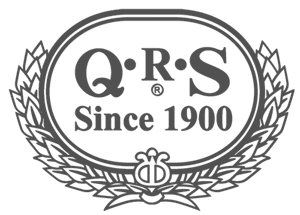 What’s the Catch?
What’s the Catch?
Ok to be fair, player systems represent a substantial investment (into the thousands of dollars). But this year marks a game changer. At the next trade show (NAMM 2018), QRS will be releasing some really exciting cost effective communication tools that can be used by teachers and students or for family members to  use with existing acoustic pianos with no installation required. And the possibilities will be outstanding! These new tools could be revolutionary to even the way we learn the piano. QRS Music has partnered with PianoMarvel. Take a quick look at this short video to see how it will work. While PianoMarvel has addressed the teaching component, QRS will be unveiling new hardware to connect teacher and student cost effectively on your existing piano. This makes it accessible to everyone.
use with existing acoustic pianos with no installation required. And the possibilities will be outstanding! These new tools could be revolutionary to even the way we learn the piano. QRS Music has partnered with PianoMarvel. Take a quick look at this short video to see how it will work. While PianoMarvel has addressed the teaching component, QRS will be unveiling new hardware to connect teacher and student cost effectively on your existing piano. This makes it accessible to everyone.
I believe that it’s important to continue to strive to stay relevant in the piano industry. With continual competition of computers and games vying for attention, I believe that in the music industry, it’s important to use technology to integrate to win the favour of this next generation. Kudos to QRS Music in leading the way of this pursuit.
A special thanks to QRS for allowing me to spend some time with them. It was a pleasure hanging out with the crew. It’s also good to know that in small town Pennsylvania, they also haven’t lost their sense of humor. They even caught on to the fact that I’m Canadian, eh?
More Piano Articles

You’ve been playing your piano for years now and the time has come to seriously consider downsizing the house and move into a condo. But what do you do with the piano? You love your piano and can’t imagine life without it and besides, you absolutely hate the idea of playing a digital keyboard. Many people don’t know that you can add digital functionality without compromising your existing piano. Yes, it is completely possible to ...
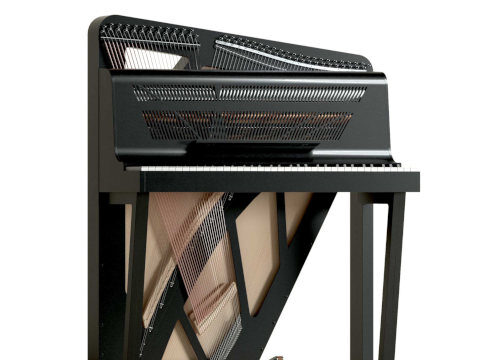
Many years ago, I remember seeing a piano in a museum similar to the one shown above (built in 1787 by Christian Gottlob Hubert. On display at Germanisches Nationalmuseum - Nuremberg, Germany). I have often wondered why acoustic portable pianos never really took off. Although we've seen more portable keyboard instruments like harpsichords, accordions or electronic keyboards, they operate completely different from a traditional piano in that they either pluck the strings, use air with ...
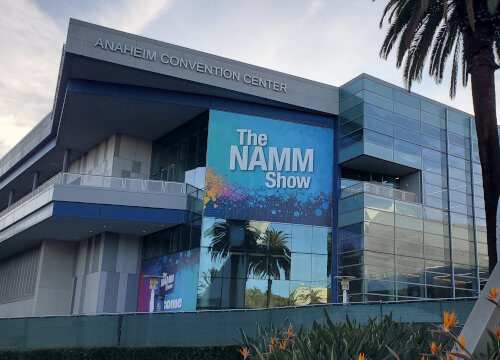
This was the first year since covid that the National Association of Music Merchants (NAMM) trade show was back to its regular January date and, in fact the first show where it felt back to normal. How was it? To answer that, I'm going quickly review the piano market over the last few years. Piano sales boomed during covid. Think about it - everyone was at home and with time on their hands, many turned ...
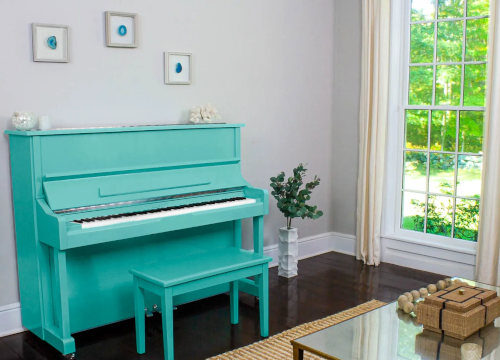
I’ve often wondered when the business model of piano buying would start to change. It seems like we feel comfortable purchasing everything from toothpaste to tires online and yet pianos are one thing that you still buy in a store. Well some of that is about to change. After speaking with Larry Caruso from Caruso Piano, they’re launching a brand of piano made specifically for online ordering. It’s called
Sonnova. I recently had the pleasure ...
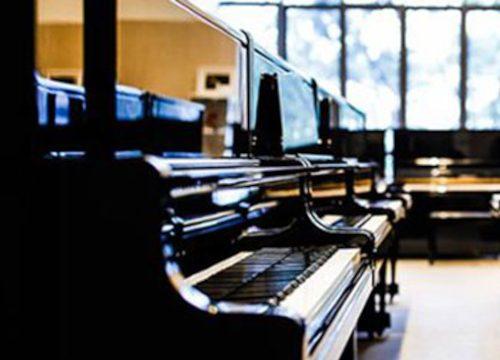
The thought of buying a piano can be exciting but it can also be a bit intimidating or daunting, especially if you don’t know anything about them. But have no fear, because at Piano Price Point, we’ve compiled so much of the data and written articles to make your job easier. To narrow down the scope of buying a piano, you first need to decide what kind of piano you’re looking for. Ask yourself these ...
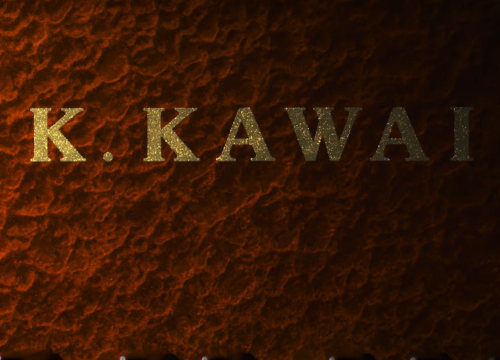
Money, apparently
does grow on trees or at least in ancient times it did. It's been recorded that rare tree sap was used as a form of payment for tax because it was deemed so valuable. This sap from the tree was harvested and refined into lacquer with incredible clarity and sheen. Many thousands of years ago, it was reserved for imperial palaces, religious temples and shrines. Early
examples have been dated to 7000BC. It ...